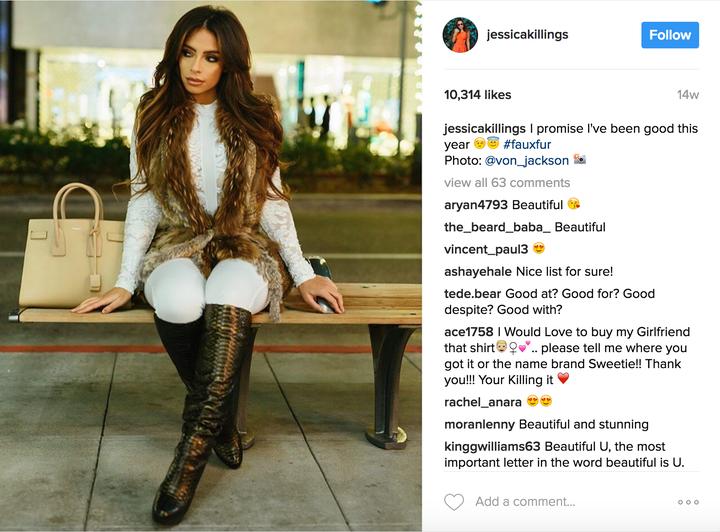
Brands have been speculating for a long time as to the return on investment when it comes to influencer marketing. After all, how much revenue can really come from having someone with a few hundred thousand followers on Instagram post about your product?
In the world of eCommerce companies, especially brands that sell products that thrive off what’s trendy and cool, influencer marketing is quickly proving itself as one of the best ways to reach a targeted audience and drive serious business results. The fashion industry in particular latched on early to the marketing strategy, and now it’s practically unheard of to see an Internet famous Instagram influencer not backing some sort of product.
One fashion brand in particular that has been teaming up with massive influencers is Curve Control, a bra manufacturer with a twist—and the kind you need to see in order to believe. No straps, but “celebrity cleavage” (as their website boasts). And how have they gone about marketing their product successfully? By teaming up with busty fashionistas, fitness models, and Instagram stars, letting them showcase the beauty of their product.
So, why are brands like Curve Control shelling out big dollars for social media Influencers to casually mention their products?
Influencer marketing means reaching a targeted audience.
This is the most fundamental, but often forgotten element of influencer marketing.
When brands pay an influencer to post about them, they aren’t just buying exposure—they’re buying targeted exposure. The goal of any marketing should always be how to reach the right people, not just more people.
However, influencer marketing is also still fairly new. Even just five years ago, having a YouTube channel with a few thousand subscribers was considered “weird.” Now, it’s practically worth more than a resume. It’s taking brands time to adjust to this mentality of paying people with followings on social media the same amount (or higher) they would to buy a print ad, or to even run Facebook or Google ads.

One of the big-time influencers that Curve Control has partnered up with is @jessicakillings on Instagram. With an impressive 1.6 million followers, she shares with her audience the benefits of using the product—and her audience is receptive to it because she shares content in the fashion and fitness modeling space.
“In my opinion, products that solve a specific problem for the consumer always do well, and Curve Control has definitely pinpointed a problem I know many women face. I’ve actually purchased similar products in the past, and none of them lift and give secure support like this one. That’s why I was receptive to supporting the brand on social media, and that’s also the key to doing influencer marketing right. You never want to endorse a product you don’t personally believe in,” said Killings.
There are companies out there working with influencers every single day, proving that it’s an effective strategy.
Influencer marketing comes with credibility.
The other element of influencer marketing that is difficult to measure (but highly valuable) to brands is the credibility and trust that comes with working with an influencer. Of course, it’s crucial that you’re selective and choose individuals who have a strong personal brand that aligns with your products.
Teaming up with the right influencer means that you’re getting someone who has an established voice in your niche saying that you’re “cool” and “worth buying.” That, in itself, is the modern day micro version of a celebrity endorsing a big brand in a Super Bowl commercial. It’s human nature: we pay attention to the people we like and follow.
Killings went on to say, “Influencer marketing has proved to be so effective for brands because personalities on social media tend to have more substantial relationships with their followers. It’s a community, not a billboard. Instagram, specifically, has opened up a whole new, less expensive way for big companies to advertise—and it’s also created a new platform for us as influencers to promote ourselves,” said Killings.
So, as a brand, you have to remember that when you’re working with an established influencer (and shelling out big money to do so), you aren’t just buying advertising space. You’re buying credibility. Trust. And that goes a long way.